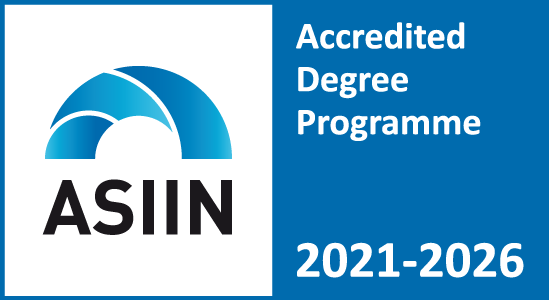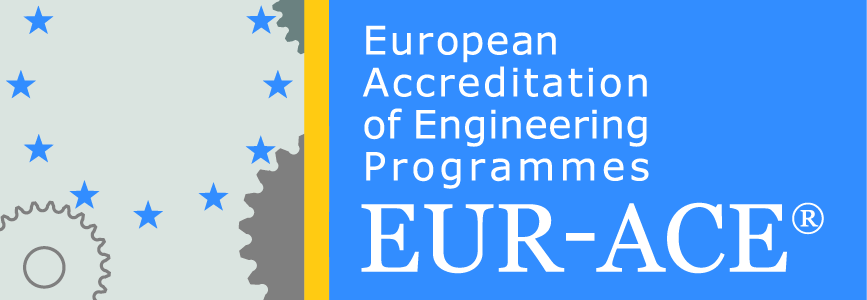| 1. | Course Title | Machine Learning in Signal Processing | |||||||||||
| 2. | Code | 4ФЕИТ05018 | |||||||||||
| 3. | Study program | 10-DPSM, 22-BE | |||||||||||
| 4. | Organizer of the study program (unit, institute, department) | Faculty of Electrical Engineering and Information Technologies | |||||||||||
| 5. | Degree (first, second, third cycle) | Second cycle | |||||||||||
| 6. | Academic year/semester | I/1 | 7. | Number of ECTS credits | 6.00 | ||||||||
| 8. | Lecturer | Dr Marija Markovska Dimitrovska | |||||||||||
| 9. | Course Prerequisites | ||||||||||||
| 10. | Course Goals (acquired competencies):
The student that successfully finished this course, should be able to: – Decompose, analyze, classify, detect and consolidate signals; – Choose the appropriate tool for feature extraction; – Assess / Evaluate the advantages and limitations of different signal processing tools for a given problem; – Derive the supervised and unsupervised learning techniques studied in the course; – Choose an appropriate learning algorithm for a given problem; – Develop basic supervised and unsupervised learning models for measured signals/data; – Assess / Evaluate the advantages and limitations of different machine learning algorithms. |
||||||||||||
| 11. | Course Syllabus:
Representing sounds and images. Introduction to Linear Algebra. Signal Representations – Component Analysis. Boosting. PCA. ICA. NMF. Sparse NMF. Clustering. SVM. DT. Mixture Models and EM. Linear Regression. Logistic Regression. Markov and Hidden Markov Models. Neural Networks. Deep Learning. Convolutional Networks |
||||||||||||
| 12. | Learning methods:
Lectures, exercises (use of equipment and software packages), team work, case study, independent preparation and defense of project assignment and seminar work |
||||||||||||
| 13. | Total number of course hours | 180 | |||||||||||
| 14. | Distribution of course hours | 3 + 3 | |||||||||||
| 15. | Forms of teaching | 15.1 | Lectures-theoretical teaching | 45 hours | |||||||||
| 15.2 | Exercises (laboratory, practice classes), seminars, teamwork | 45 hours | |||||||||||
| 16. | Other course activities | 16.1 | Projects, seminar papers | 30 hours | |||||||||
| 16.2 | Individual tasks | 30 hours | |||||||||||
| 16.3 | Homework and self-learning | 30 hours | |||||||||||
| 17. | Grading | ||||||||||||
| 17.1 | Exams | 0 points | |||||||||||
| 17.2 | Seminar work/project (presentation: written and oral) | 40 points | |||||||||||
| 17.3. | Activity and participation | 10 points | |||||||||||
| 17.4. | Final exam | 50 points | |||||||||||
| 18. | Grading criteria (points) | up to 50 points | 5 (five) (F) | ||||||||||
| from 51 to 60 points | 6 (six) (E) | ||||||||||||
| from 61 to 70 points | 7 (seven) (D) | ||||||||||||
| from 71 to 80 points | 8 (eight) (C) | ||||||||||||
| from 81 to 90 points | 9 (nine) (B) | ||||||||||||
| from 91 to 100 points | 10 (ten) (A) | ||||||||||||
| 19. | Conditions for acquiring teacher’s signature and for taking final exam | Realized activities from 15.1 to 16.3. | |||||||||||
| 20. | Forms of assessment | Project assignment and final exam. | |||||||||||
| 21. | Language | Macedonian and English | |||||||||||
| 22. | Method of monitoring of teaching quality | Internal evaluation and surveys | |||||||||||
| 23. | Literature | ||||||||||||
| 23.1. | Required Literature | ||||||||||||
| No. | Author | Title | Publisher | Year | |||||||||
| 1. | Ethem Alpaydin | Introduction to Machine Learning, fourth edition | MIT press | 2020 | |||||||||
| 2. | C.M. Bishop | Pattern Recognition and Machine Learning, 2nd Edition | Springer | 2011 | |||||||||
| 3. | I. Goodfellow, Y, Bengio, A. Courville | Deep Learning | MIT press | 2016 | |||||||||



